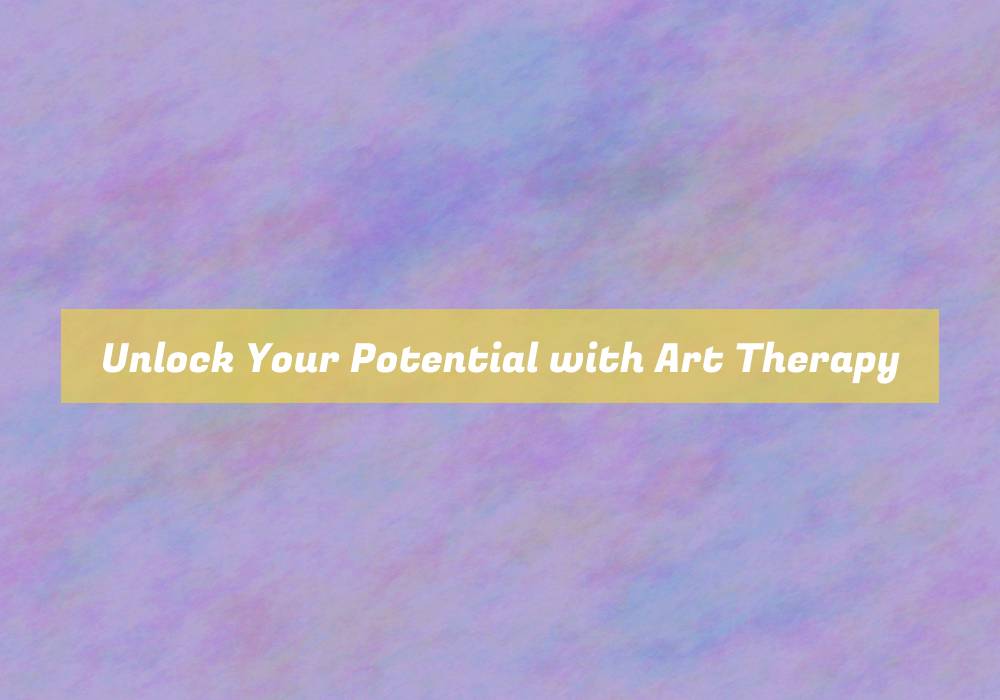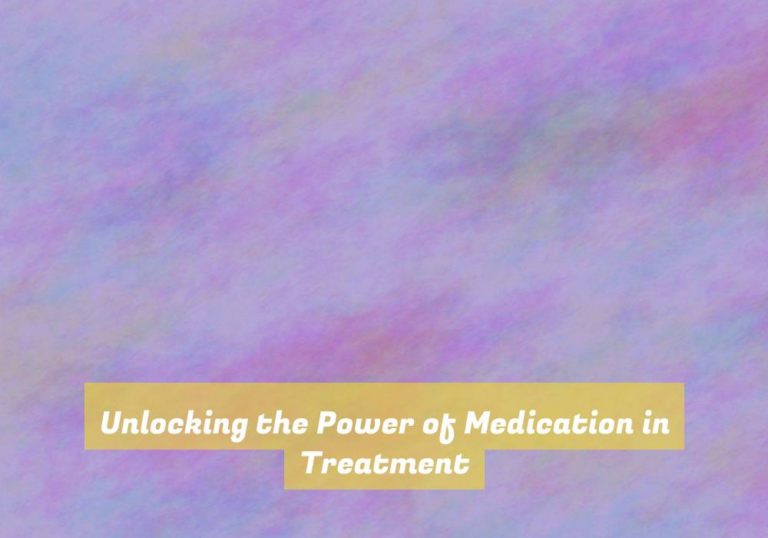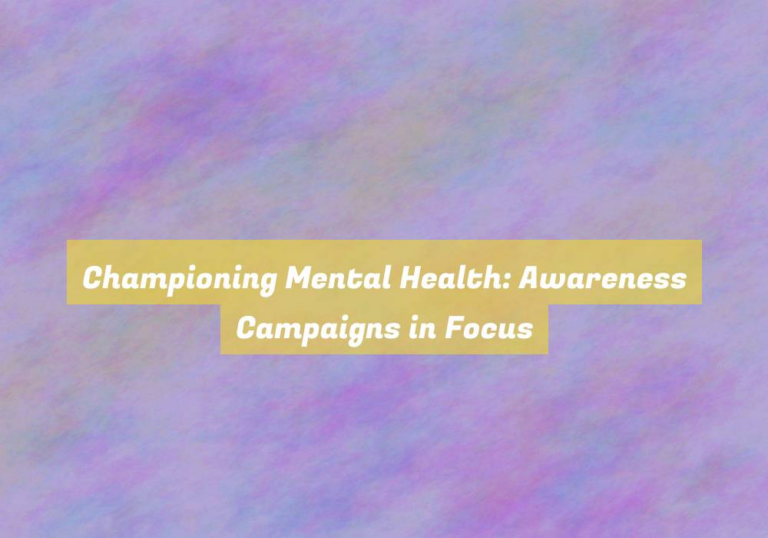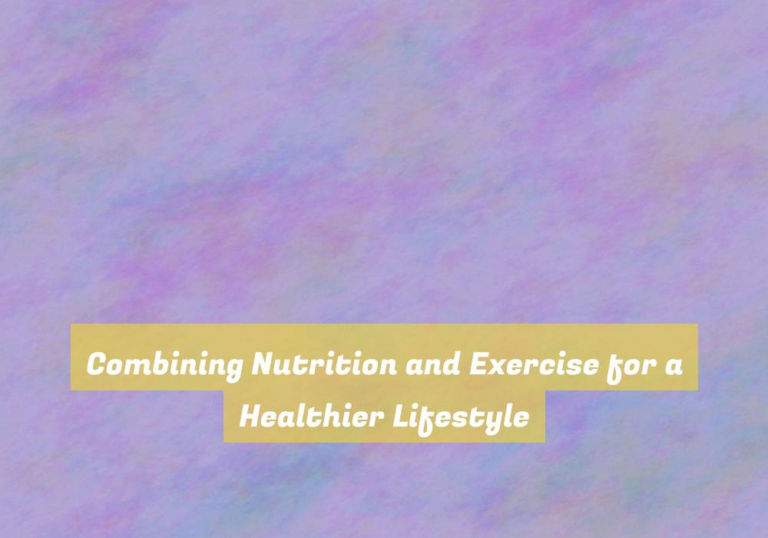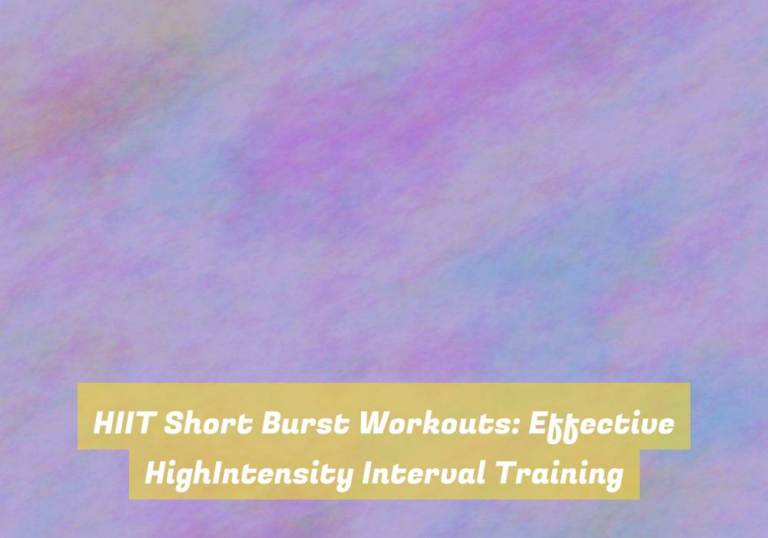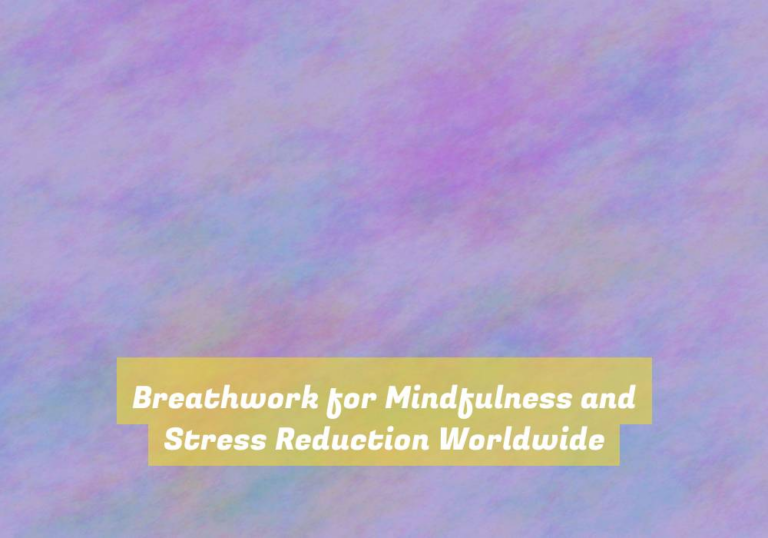Unlock Your Potential with Art Therapy
So, you might be skeptical about how art therapy could possibly help you unlock your potential, but before you dismiss it, consider this: art has been used for centuries as a form of expression and healing.
Whether youG??re struggling with stress, anxiety, or simply feeling stuck in a rut, art therapy offers a unique way to tap into your inner creativity and explore your emotions.
But how exactly does it work, and what can you expect from integrating art into your personal growth journey?
Stay tuned to discover the powerful impact of art therapy on mental health and how it can help you uncover hidden strengths and insights you never knew you had.
Understanding Art Therapy
Understanding art therapy can provide insight into how the creative process can be used to address emotional, psychological, and even physical challenges.
Through art therapy, you can tap into your inner creativity as a means of expressing thoughts and emotions that may be difficult to articulate verbally. By engaging in the artistic process, you actively participate in your own healing journey.
This form of therapy offers a safe space for self-expression and exploration, allowing you to delve into your subconscious and gain a deeper understanding of your emotions and experiences. It enables you to externalize your internal struggles, providing a tangible representation of your feelings. Art therapy encourages self-reflection and can help you gain new perspectives on your challenges.
Additionally, it can be a tool for developing coping mechanisms and enhancing self-awareness. Understanding art therapy means recognizing the power of creativity as a therapeutic tool and embracing the potential it holds for personal growth and healing.
The Impact on Mental Health
Art therapy can significantly impact mental health by providing a non-verbal outlet for processing emotions and promoting self-awareness and healing. Engaging in art-making can help you express feelings that are difficult to put into words, allowing for a deeper exploration of your inner world. This process can lead to a greater understanding of your emotions and experiences, fostering self-reflection and insight.
Furthermore, art therapy can serve as a tool for managing stress and anxiety. Creating art activates the brainG??s reward system, releasing dopamine, which can elevate your mood and reduce feelings of tension. This can be particularly beneficial for individuals dealing with mental health challenges, providing a constructive and enjoyable way to cope with daily stressors.
Moreover, art therapy encourages mindfulness, as it requires you to focus on the present moment while engaging in the creative process. This can be especially helpful for individuals struggling with depression or intrusive thoughts, as it offers a means of grounding and centering oneself in the here and now.
Techniques for Self-Exploration
Exploring your inner thoughts and emotions through various art-making techniques can be a valuable way to gain insight into your subconscious mind.
One effective technique for self-exploration is creating a visual journal. This involves expressing your feelings and experiences through images, colors, and words. It allows for introspection and can unveil underlying emotions that may not be immediately apparent.
Another powerful method is free-form drawing or painting. By letting your hand move spontaneously across the paper or canvas, you can tap into your subconscious and bring forth emotions and thoughts that are waiting to be acknowledged.
Additionally, collage-making can be a meaningful way to explore your inner world. Assembling images and materials that resonate with you can reveal subconscious themes and connections.
Furthermore, practicing mindfulness while engaging in art-making can deepen your self-exploration. Being fully present in the creative process can help you become more aware of your thoughts and emotions, leading to a deeper understanding of yourself.
These techniques offer a pathway to uncovering and processing complex emotions and experiences, ultimately promoting self-awareness and personal growth.
Integrating Art Into Daily Life
Integrating art into your daily life can involve incorporating the self-exploration techniques youG??ve learned into your regular creative practices. This could mean setting aside time each day for artistic expression, whether itG??s through drawing, painting, writing, or any other form of creative outlet that resonates with you. ItG??s about making art a seamless part of your routine, allowing it to serve as a tool for self-reflection and emotional processing.
Consider starting your day with a quick sketch or jotting down your thoughts in a journal. Use art as a way to unwind after a long day, letting it serve as a form of relaxation and stress relief. You can also integrate art into your environment by surrounding yourself with meaningful pieces or creating a designated art space in your home. By doing so, you invite creativity and introspection into your daily life, fostering a sense of connection with yourself and the world around you.
Conclusion
Unlock your potential with art therapy by incorporating creative expression into your daily life. Explore your emotions and thoughts through art to improve your mental health and well-being.
Take the time to understand the impact of art therapy on your mental health and use techniques for self-exploration. Embrace the power of art to unlock your potential and find new ways to express yourself.
Integrate art into your daily routine and experience the positive impact it can have on your life.

